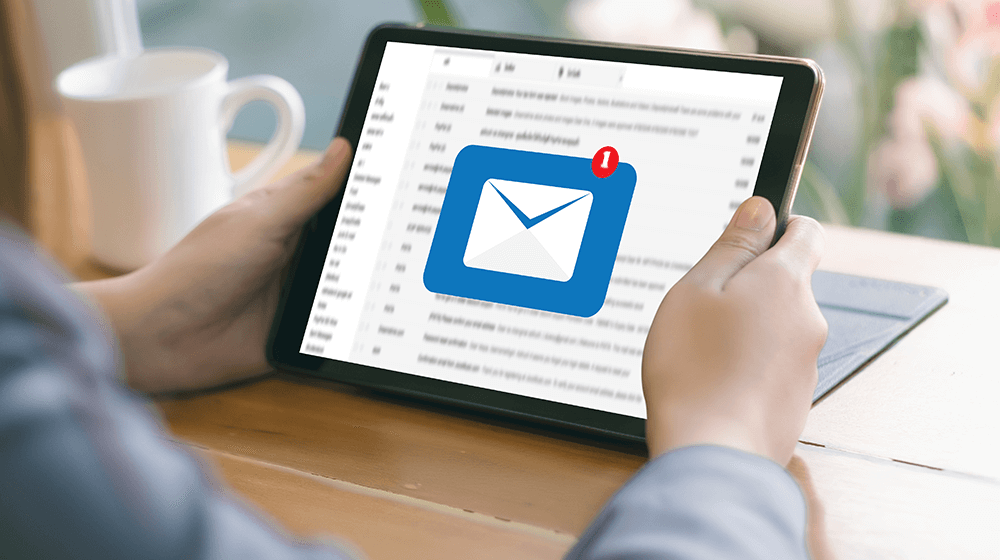All About Return on Your Marketing Investment
By Denis Jakuc
Marketing return on investment, or MROI, is the measure of the amount of revenue generated by a marketing program compared to the cost involved. This ratio of revenue gained relative to the marketing cost is usually expressed as a percentage and tells you how effective your marketing efforts were. MROI can be calculated on the basis of either your overall marketing activities, or a specific campaign. Here’s how to calculate it. Take the revenue growth resulting from the marketing program, subtract the program cost, then divide that by the same program cost. For example, if sales revenue grew by $10,000 after you spent $1,000 on a marketing campaign, the MROI is 900%, or 9X the marketing budget. $10,000-$1,000=$9,000/$1,000=900%.
Tracking Results
Today’s digital, telephonic marketing environment allows us to accurately track the results of our marketing campaigns. Given you are using digital marketing you can use the background information to identify the number of registrations, leads, sales closures. You can even characterize your customer demographics, which are often kept in the background by services like Google, Facebook, LinkedIn, and others. For analogue advertising you can add low-cost custom 800#s to your newspaper, magazine, other point of sale promotions to provide you with information on leads, sales closures, and in many cases customer demographics. If you use salespeople or sales reps you can also deploy Company cell telephones and track the number of telephonic sales calls they make and results. Today, there is no reason not to understand the results of your various promotions. With specific MROI results your business can focus on those promotion actions which yield the best results.
Small Business Marketing Challenges
Small business owners often tell us they’re unsure about marketing. Where should they spend money and how much should it be? How will they know if it works? Should they do local radio, TV, newspaper, or trade advertising? Online or in print? Which social media should they post on? Should they advertise there too? Should they create e-newsletters, email campaigns, and blogs? What about coupons and direct mail?
To answer these questions, start networking with owners of similar businesses you don’t compete with, both locally and on national sites such as LinkedIn and Alignable. See what works for them. Then use the free Google Analytics tool to learn how people find your website and where they come from, which could indicate where you could market to them. Start small and experiment—just make sure you have a system in place to track leads, prospects, and closed sales. Then spend a small amount over a short period of time on a specific promotion and see how it works. In some cases, you may be able to take two approaches and compare the results. When you have those results, do an MROI calculation for each program so you know which marketing investment gave you the best return.
Tracking MROI makes you accountable for your marketing spend and helps you decide which marketing efforts warrant further investment. Marketing is about delivering leads, prospects, and sales. Knowing the MROI of a marketing approach allows you to justify your marketing dollars before you spend them.
MROI Challenges
MROI may be simple to calculate, but it can be complex to use. Let’s start with the marketing cost itself. You should calculate the full cost of a program, including creative development, media spend, and customer-facing staff time. Then there’s measuring the incremental revenue that can be attributed to the marketing program. To do this, you have to establish a sales baseline—what your revenue would have been if you did no marketing. This may be difficult. If you’ve always done some form of marketing, you never see a pure baseline. Another option might be to do a marketing program to one part of your target audience and no marketing effort to another part of equal size. This only works if your audience can be easily segmented and separately addressed.
Sometimes the incremental revenue marketing delivers comes from its contribution to increasing customer loyalty and reducing customer churn. The challenge here is to calculate how much revenue was retained that would have been lost without the marketing effort. There’s also the challenge of lag time. The marketing money you spend today might take a few years to have an effect. This is especially true of high-ticket items purchased less frequently, such as vehicles, or products and services sold to businesses.
If you’re running a mix of marketing programs, it may also be difficult to know which ones delivered the incremental revenue. Digital marketing makes this simple. You run an ad and they click or don’t click, buy or don’t buy. Some marketers like to attribute the sale to the last touch point—online ad, coupon, email, etc. The problem here is that the purchase may be the result of everything you’ve done to build positive brand awareness. Google search ads can look like they have high MROI, but they’re actually benefitting from the other forms of marketing you’re doing.
Beyond MROI
MROI is based on incremental revenue over the short term, but it does not measure the long-term benefits marketing programs bring to the value of your brand. Marketing does more for a company than generate revenue in the short term. It also builds lasting brand value that drives long-term revenue. The longer-term effects of marketing result in the forward movement of the customer’s purchase journey. This can take a while, and the investment to get the customer there cannot be measured by MROI.
Instead, you need to look at customer lifetime value. This shows the impact of your marketing spend over the course of your relationship with a customer. You can also measure other things beside incremental revenue to determine the value of your marketing spend. These can be increases in brand awareness and brand preference, which show that your marketing dollars are bringing customers and prospects closer to their next purchase.
The marketing dollars you spend hit your P&L today, yet they build your brand for the future. Marketing programs increase revenue this year, and that can be measured by MROI. But they’re also increasing your brand equity and strengthening customer relationships over time. That can’t be measured by the MROI calculation, but it very well may be your largest marketing return on investment.















